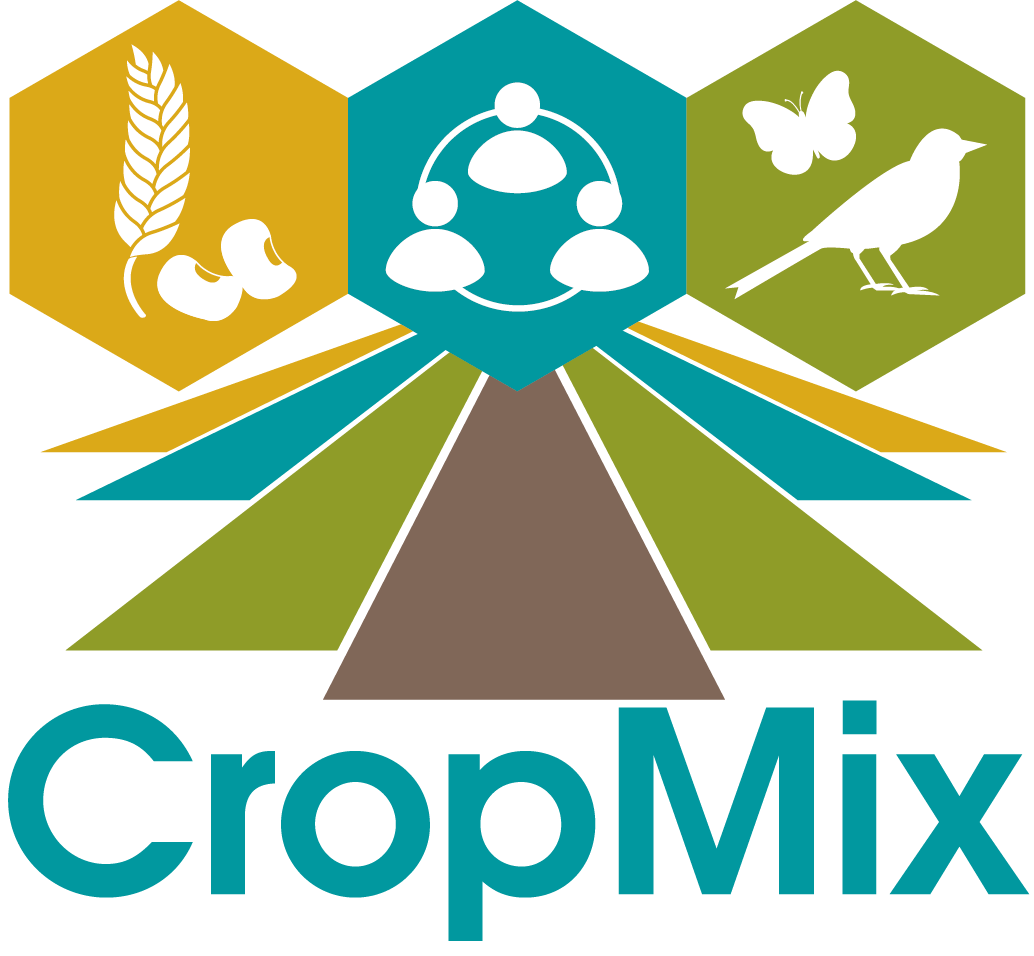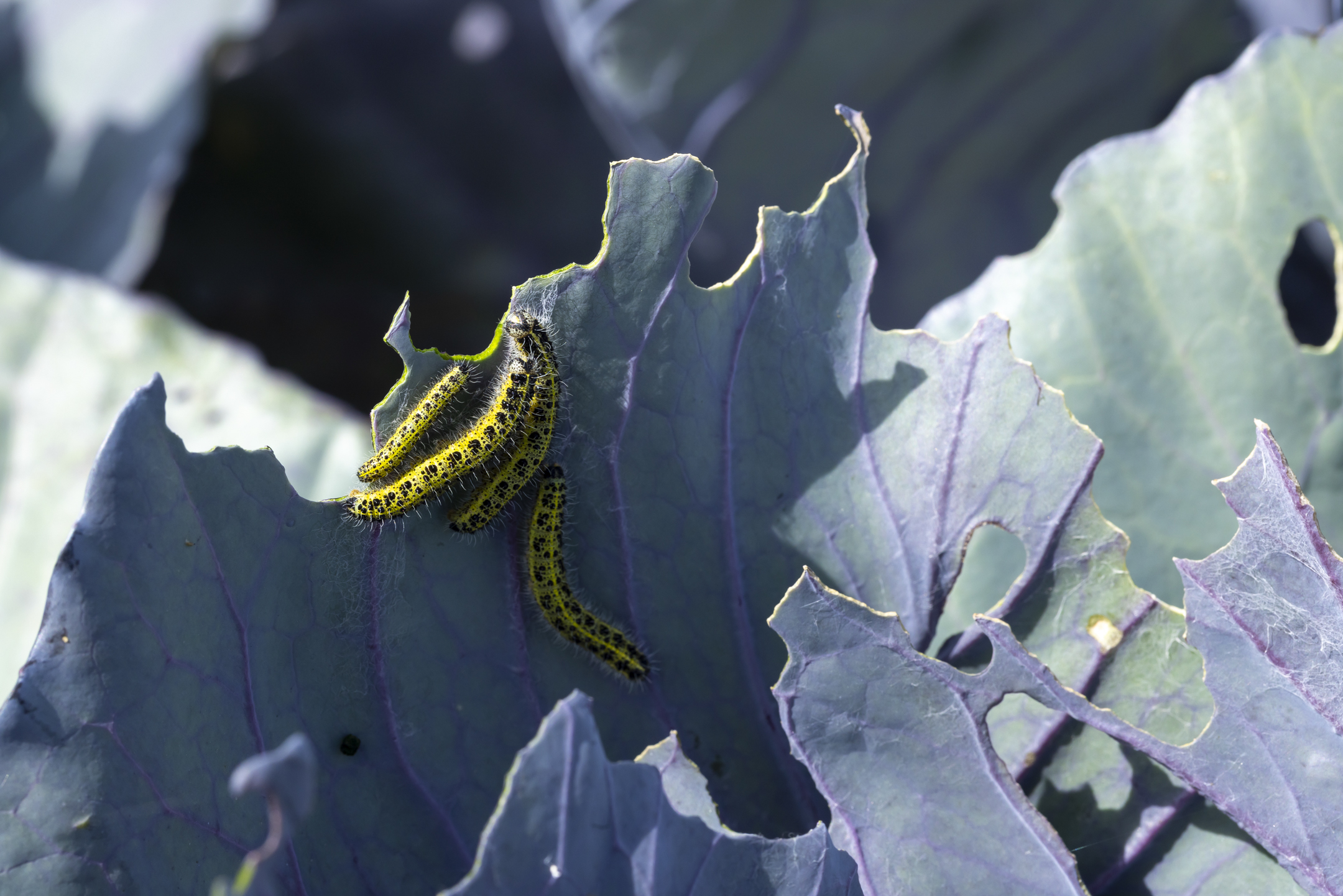RESULTS
Presence of herbivorous insects poorly predicts yield in crop-diverse systems
More plant-eating insects AND higher yields, it sounds too good to be true. Research by Luuk Croijmans from Wageningen University & Research shows that cabbages grown in crop-diverse systems (including strip cropping) have more insects on them and yet higher yields than cabbages grown in monocultures.
Three years of data
To investigate this, Luuk spent three years comparing five different cultivation systems, including full-field (monoculture) and four strip cropping systems at the university's experimental fields in Wageningen and Lelystad. Together with his students, Nelson and Yufei, Luuk counted tens of thousands of insects on cabbages throughout the season. After harvesting, the same cabbages were weighed to measure yield. This allowed them to directly link the numbers of insects per cabbage to the yield.
The cabbages grown in strip cropping with six crops were found to be heavier than in strip cropping with two crops or full-field cropping. At the same time, these cabbages also contained the highest numbers and diversity of herbivorous insects. We can therefore conclude that the herbivorous insects that were on the cabbages had little effect on yield.
Natural pest control
How to explain this. Luuk: 'More herbivorous insects also attract more natural enemies. Currently, farmers often use insect numbers to determine when to take measures, but with this study we show that this method underestimates the ability of various cultivation systems to suppress pests themselves. Now, cabbages are not normally sold by weight, but by numbers. So here, damage to the cabbages also matters. However, insect damage was found to be similar in all cropping systems.'
'We still expect perfect, damage-free fruits and vegetables.'
Luuk Croijmans
is also critical of the food system, however: 'We still expect perfectly damage-free and clean fruit and vegetables. I believe supermarkets and consumers can contribute to less pesticide use by being a little less critical of a harmless bite out of a cabbage or a caterpillar that you wash off in no time.'
A side benefit of having more herbivorous insects on the cabbages is that it can boost biodiversity. Luuk: 'Herbivorous insects are a food source for arable birds and other insects, among others. By leaving herbivorous insects alone and letting nature do its work, we can kill two birds with one stone. Increasing biodiversity and good yields can go hand in hand.'
What's next?
PhD candidates Misty Hu and Andi Dirham Nasruddin will continue this research by looking for the cause of the effects that were found. They are investigating whether herbivorous insects are mainly affected by so-called bottom-up effects, such as increased plant resistance, or by top-down effects, such as predation by natural enemies.
Scientific publication
Title: Herbivore prevalence poorly predicts yield in diverse cropping systems
Journal: Journal of Applied Ecology
Authors: Luuk Croijmans, Daan Mertens, Dirk F. van Apeldoorn, Yufei Jia, Nelson Ríos Hernández & Erik H. Poelman



